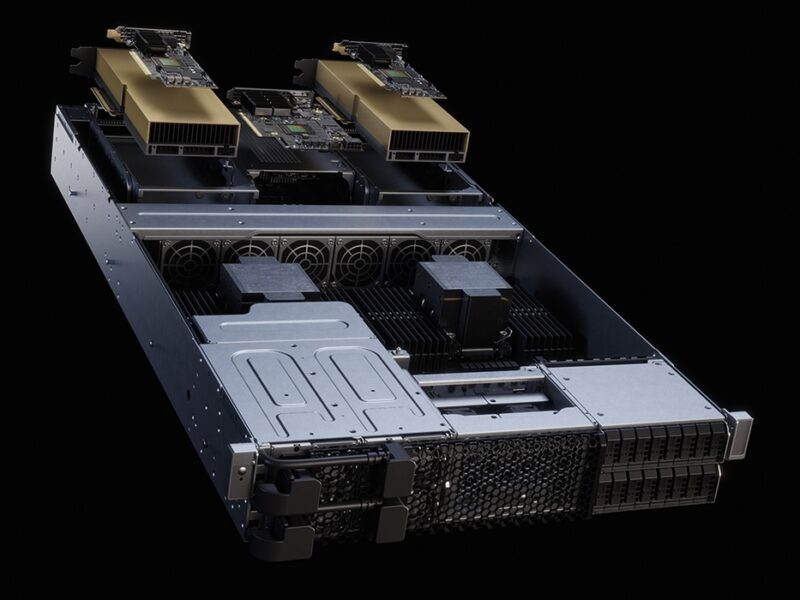A database management system (DBMS) plays a pivotal role in today’s data-driven world, serving as the backbone of many applications and services. As organizations increasingly rely on data for decision-making and operations, the importance of an effective DBMS cannot be overstated. It not only manages how data is stored and retrieved but also safeguards its integrity and security. In this article, we’ll explore various aspects of DBMS, its core functions, components, types, benefits, drawbacks, and current trends.
What is a database management system (DBMS)?
A database management system is a software application designed to manage databases effectively. It acts as a mediator between users and the data, enabling organized data manipulation, retrieval, and storage.
Definition & purpose of DBMS
The primary purpose of a DBMS is to provide a systematic approach for creating, managing, and manipulating data. It allows users to execute operations such as data creation, updates, protection, and deletion while managing essential functions like security and concurrency control. By doing so, it ensures that data is not only easily accessible but also secure and reliable.
Core functions of a DBMS
DBMS performs several critical functions that facilitate efficient data management:
- Administration tasks: Activities such as change management, performance monitoring, security and access control, as well as automated backups and auditing.
- Storage management: Organizing data in a structured manner through tables, rows, and columns to ensure efficient retrieval.
- Concurrency control mechanisms: Managing simultaneous data access to maintain consistency and accuracy during transactions.
- Providing a centralized view: Offering streamlined access to data despite the complexity of physical storage locations.
- Data manipulation capabilities: Facilitating intricate data operations to ensure accuracy and efficiency.
- Data independence features: Abstracting physical data storage changes from users through logical and physical independence.
- Backup and recovery protocols: Establishing strategies for data restoration to prevent loss.
Components of a DBMS
Understanding the components of a DBMS helps to appreciate its functionality and operation. Key components include:
- Storage engine: Manages data storage operations in conjunction with the operating system.
- Metadata catalog: A repository that contains descriptive information about the schema and security of database objects.
- Database access language: Utilizes APIs and SQL to enable data manipulation and query execution.
- Optimization engine: Parses incoming user queries, determining the most efficient response.
- Query processor: Executes queries and returns the results for the user.
- Lock manager: Oversees concurrent transactions to preserve data integrity.
- Logging and data utilities: Keep track of changes and offer administrative tools for operation management.
- Reporting & monitoring tools: Provide metrics analysis and performance reports of the database.
Types & examples of DBMS technologies
DBMS technologies can be categorized into several types, each suited for specific needs:
- Relational Database Management System (RDBMS): Structured databases like MySQL, Oracle, and PostgreSQL.
- NoSQL Database Management System: Flexible database solutions such as MongoDB and Neo4j.
- NewSQL Systems: Combining SQL’s capabilities with NoSQL’s scalability, exemplified by Google Cloud Spanner.
- In-Memory DBMS: High-speed systems like SAP HANA that optimize data processing.
- Columnar DBMS: Efficient data analysis systems suitable for large datasets, like Amazon Redshift.
- Multimodel DBMS: Support diverse models in a single platform, such as IBM Db2.
- Cloud DBMS: Accessible databases hosted on the cloud, including AWS RDS and Google Cloud SQL.
Benefits of using DBMS
Utilizing a DBMS presents a range of advantages, including:
- Data integrity and concurrency: Supports multiple users accessing data simultaneously while maintaining accuracy.
- Centralized data storage: Simplifies management and improves security over critical data assets.
- Data sharing and redundancy reduction: Increases accessibility and reduces data duplication issues.
- Organized data management: Structures data efficiently for better operational performance.
- Automated backup and recovery: Enhances data protection through streamlined backup and restoration processes.
- Unified user views: Facilitates diverse perspectives from a single schema.
- Adaptability to business needs: Offers opportunities for modification as organizational needs evolve.
Drawbacks of DBMS
Despite its numerous advantages, DBMS also has some drawbacks that need consideration:
- Cost implications: Significant investments in software, hardware, and maintenance are often required.
- Expertise requirements: Professionals with specialized skills are needed to manage and operate the system effectively.
- Complexity in management: Integrating various systems can lead to difficulties in setup and maintenance.
- Security vulnerabilities: Centralized systems may become more exposed to security risks compared to decentralized options.
Use cases of DBMS
DBMS applications span several industries, including:
- Banking: For transaction processing and customer data management.
- Retail: To manage inventory and customer relationships effectively.
- Airlines: For booking systems and logistical management.
- Manufacturing: To monitor supply chains and production schedules.
- Human resources: For employee data management and payroll systems.
- Education: To manage student information and academic records.
- Healthcare: To maintain patient records and manage appointments.
Trends in DBMS development
The world of DBMS continues to evolve, with some key trends shaping its future:
- Open source growth: Increasing adoption of open-source solutions is impacting the enterprise landscape.
- Rising market spending: Investments in DBMS technology are projected to grow significantly through 2027.
- Hybrid transaction/analytics processing (HTAP): Emergence of platforms that support both transactional and analytical operations.
- Cloud-based DBMS adoption: A shift towards cloud solutions is redefining data management experiences.
Historical context of DBMS
The evolution of DBMS has transformed significantly since its inception, from early systems like the Integrated Data Store to the robust relational database systems we use today. This historical journey highlights the technological advancements that have shaped modern data management practices.

